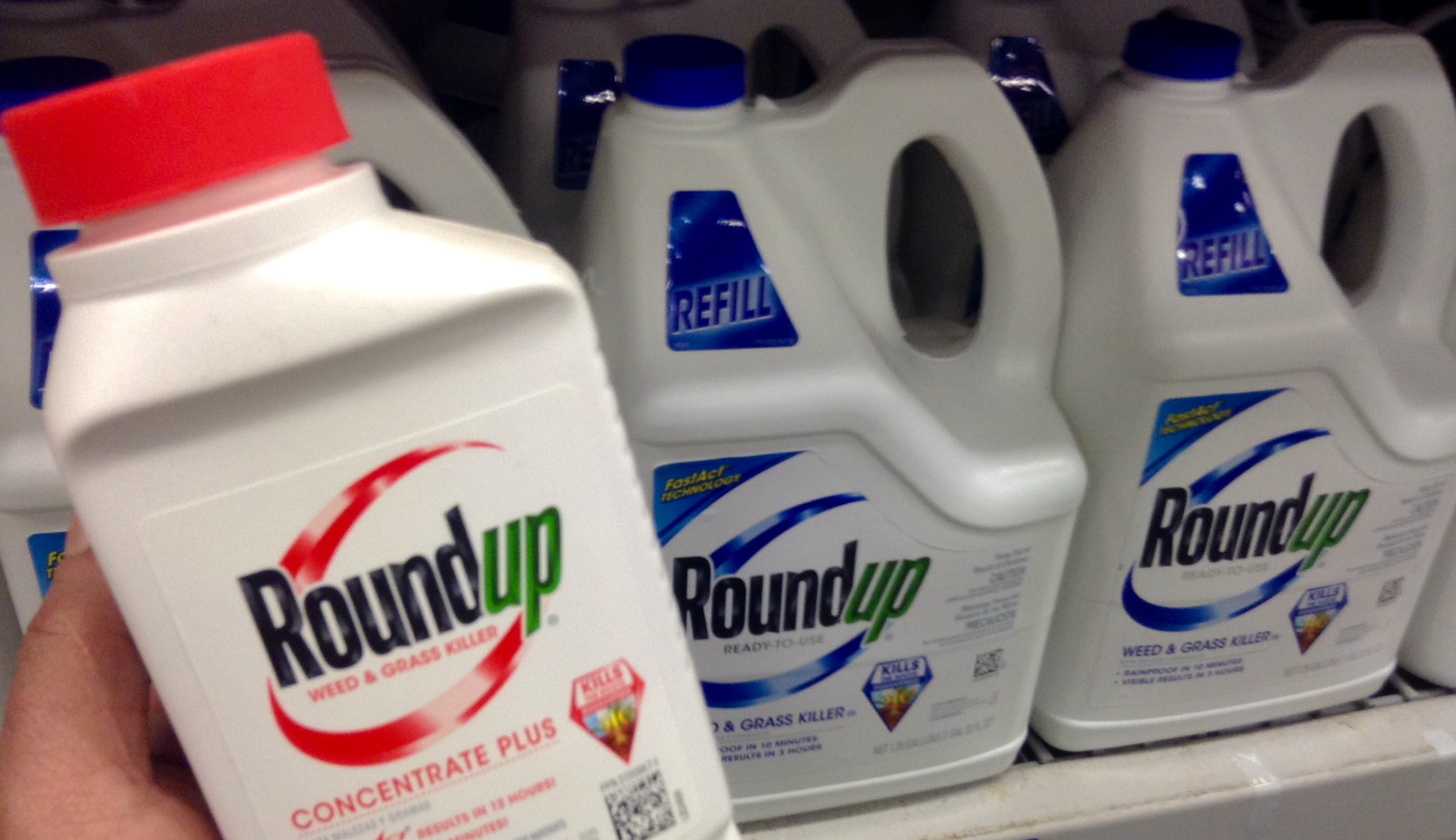08
Mar
Study Finds Majority of Germans Have Glyphosate in their Bodies
(Beyond Pesticides, March 8, 2016) A vast majority of German citizens are contaminated with the herbicide glyphosate, according to a report from the Heinrich Boll Foundation. The findings come just one week after another environmental group in Germany, the Munich Environmental Institute, found traces of the popular weed killer in popular German beers. The results of this study add concern to EU-wide deliberations regarding the renewal of glyphosate’s registration.
 According to the study, 99.6% of the 2,009 German citizens monitored have some level of glyphosate found in their urine. Over 75% of these individuals have concentrations that are higher than the EU’s legal level for glyphosate in drinking water. Further, children up to age 19 are found to exhibit higher levels of urinary glyphosate than older adults. Individuals living near agricultural areas also show elevated concentrations compared to those that did not.
According to the study, 99.6% of the 2,009 German citizens monitored have some level of glyphosate found in their urine. Over 75% of these individuals have concentrations that are higher than the EU’s legal level for glyphosate in drinking water. Further, children up to age 19 are found to exhibit higher levels of urinary glyphosate than older adults. Individuals living near agricultural areas also show elevated concentrations compared to those that did not.
Given recent data finding glyphosate to be the most widely used herbicide on the globe, it is not surprising that the chemical is near ubiquitous in human bodies. Similar results are expected in the United States. A pilot study conducted by the group Moms Across America in 2014 found that glyphosate may also bioaccumulate in the human body, as revealed by high levels of the chemical in the breast milk of mothers tested. Although risk assessors and industry attempt to downplay the impact of widespread glyphosate exposure, recent studies call these claims into question.
In September 2015, a study published in Environmental Health News found that chronic, low-dose exposure to glyphosate led to adverse effects on liver and kidney health. Beyond direct impacts to the kidney and liver, glyphosate has recently been implicated as a having sufficient evidence of carcinogenicity based upon an analysis of laboratory animals studies conducted by the World Health Organization’s International Agency for Research on Cancer (IARC). Despite this data, the German Federal Institute for Risk Assessments (BfR) has consistently attempted to downplay the dangers associated with glyphosate exposure. Shortly after IARC’s assessment was released, BfR disputed its claims through a report that relied heavily on unpublished studies from the Glyphosate Task Force, an industry group dedicated to reregistering glyphosate in the EU. The European Food Safety Agency (EFSA) signaled its intent to move forward with glyphosate registration after determining it was “unlikely to pose a carcinogenic hazard to humans.” It is important to note that IARC and EFSA’s evaluations differ, as EFSA only evaluates pure glyphosate, while IARC reviews consider both the chemical and its formulated products, which individuals are actually exposed to in the real world.
In response to the latest report, Harold Ebner of the German Greens noted in a statement to the EU-news website Euroactive, “Now nearly every single one of us has been contaminated by plant poison, it is clear to me that no new authorisations for 2031 should be issued [for glyphosate].”
The U.S. Environmental Protection Agency has indicated it will release its preliminary risk assessment on glyphosate for public comment this year. It was already announced last month that the Food and Drug Administration will begin testing glyphosate residues in food. However, although a positive step, this move is largely seen as political by the agency, a response to public pressure and not focused on evaluating health concerns.
Beyond Pesticides urges individuals concerned about glyphosate exposure to support organic systems that do not rely on hazardous carcinogenic pesticides. In agriculture, concerned consumers can buy food with the certified organic label, which not only disallows synthetic pesticides like glyphosate, but also the use of sewage sludge and genetically engineered ingredients. Instead of prophylactic use of pesticides and biotechnology, responsible organic farms focus on fostering habitat for pest predators and other beneficial insects, and only resort to judicious use of least-toxic pesticides when other cultural, structural, mechanical, and biological controls have been attempted and proven ineffective.
To control weeds in lawns and landscapes, organic systems can also replace toxic pesticides. By focusing on soil health, organic systems build natural resiliency that resists insect and weed pressure. A growing number of communities are moving towards organic land care on their public and private spaces. Help us build the movement by signing your support for a pesticide-free community today!
All unattributed positions and opinions in this piece are those of Beyond Pesticides.
Source: Euroactiv, Heinrich Boll Foundation report [German]











These deadly, third-rate, Junior high school science fair projects known as GMOs need to be banned from the Planet—along with their nasty “inputs” such as Roundup.
March 9th, 2016 at 2:30 am